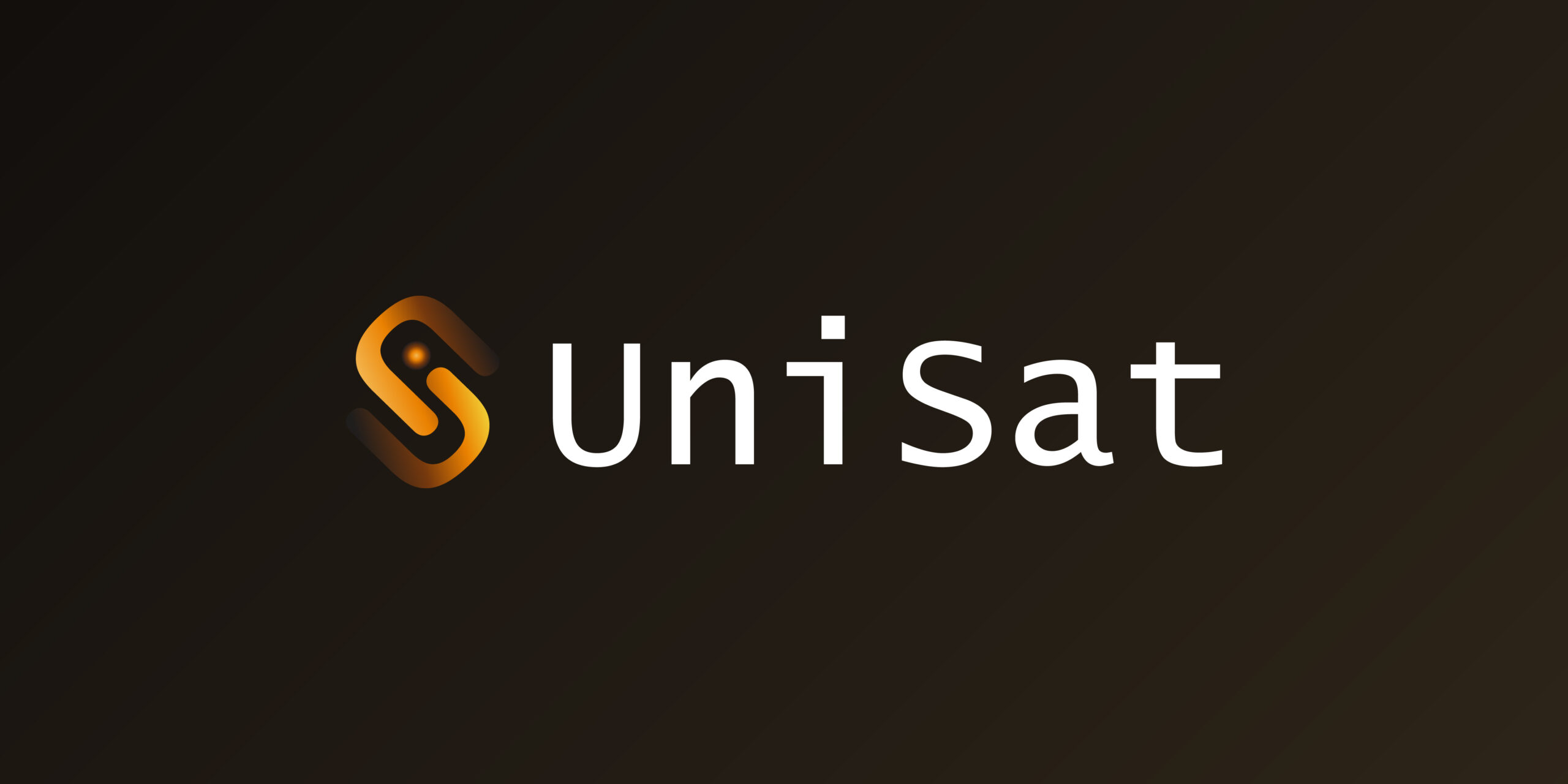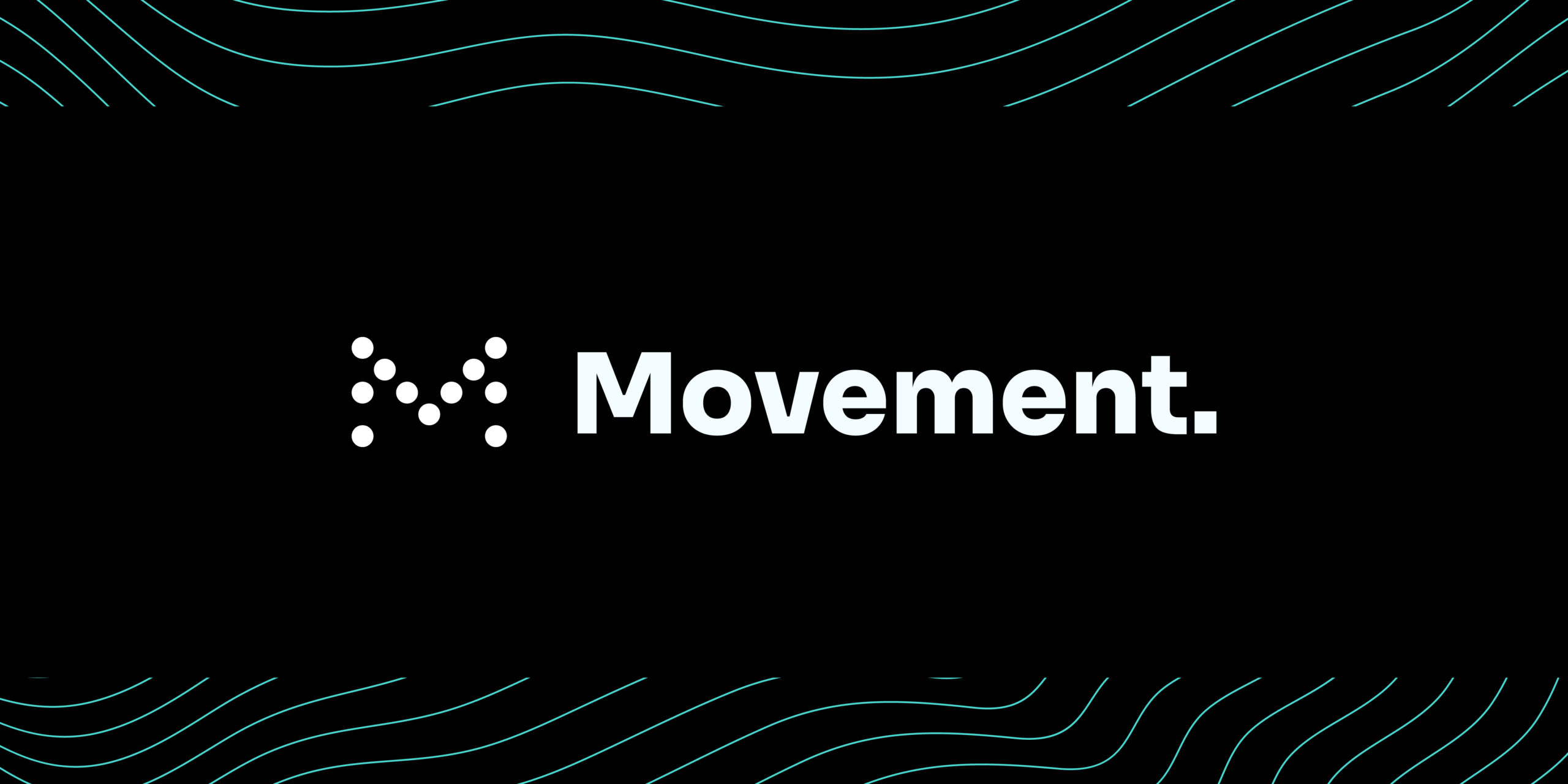Unisat has been making significant strides in cryptocurrency, introducing multiple innovative products since its foundation. These products aim to revolutionize how Bitcoin is utilized and accessed within the Web3 ecosystem. Let’s delve into a detailed review of Unisat’s offerings:
Innovation
Unisat has showcased its commitment to innovation by introducing four distinct products in just 2.5 months. This rapid development demonstrates their dedication to breathing second life into Bitcoin.
- Unisat Wallet: This asset management tool is an entry point for Web3 in Bitcoin. Its support for Bitcoin ordinals and BRC-20 tokens offers users a comprehensive and seamless experience.
- Unisat Inscribe: With dynamic binding names and enhanced interoperability, Unisat Inscribe empowers users to create inscriptions with unparalleled flexibility for Bitcoin applications.
- Unisat Search: This crucial infrastructure component enables users to perform ordinal searching with Debank-style ranking. It is a powerful tool for navigating and exploring the Bitcoin landscape efficiently.
- Unisat Marketplace: By bringing liquidity to the BRC-20 token ecosystem and providing a trustless auction platform, users can engage in secure and transparent transactions. Additional features like asset swap, staking, and rollup operations enhance the utility and value of BRC-20 tokens.
Architecture
The current offerings show promise:
- The Unisat Indexing Service is the fundamental data layer for all applications, offering a unified BRC-20 API for industrial partners. This foundational service ensures seamless integration and efficient data management for various use cases.
- While the overall architecture is considered easy to understand, more profound research reveals a medium-level complexity. Nevertheless, there have been no reports of the project being hacked, indicating that it has been protected from commonly known attacks.
Code Quality
Unisat‘s code quality falls within the medium range. The project is open source, which is a positive aspect. The code utilizes good programming languages like C, C++, Rust, Erlang, Ruby, etc., leading to its higher score in this category. However, there is room for improvement in the quality of code comments and overall test coverage.
Unisat Product Roadmap
Unisat may be beneficial to provide a well-defined roadmap outlining their plans and developments.
Usability for Infrastructure Projects
Unisat’s products are designed with end-users in mind. The ease of use for the end customer is commendable and receives full marks in this category.
Team
The development team of Unisat consists of only two developers with intermediate experience. A larger and more experienced team might be beneficial to drive the project further and ensure robust development and maintenance.
Conclusion
Unisat’s innovative products and rapid development showcase its dedication to enhancing the Bitcoin ecosystem. While there are areas to improve, such as clarifying the product roadmap and increasing the size and experience of the development team, the project receives an overall positive review. The total score of 72.73% reflects the project’s potential to impact the cryptocurrency space substantially. Investors and users should perform due diligence and continue monitoring the project’s progress.
.
| Initial Screening | |||
| Keep researching | |||
| Does this project need to use blockchain technology? | Yes | ||
| Can this project be realized? | Yes | ||
| Is there a viable use case for this project? | Yes | ||
| Is the project protected from commonly known attacks? | Yes | ||
| Are there no careless errors in the whitepaper? | Yes | ||
| Project Technology Score | |||
| Description | Scorecard | ||
| Innovation (Out Of 11) | 8 | ||
| How have similar projects performed? | Medium | 1 | |
| Are there too many innovations? | Regular | 2 | |
| Percentage of crypto users that will use the project? | 6%-10% | 3 | |
| Is the project unique? | Yes | 2 | |
| Architecture (Out of 12) | 9 | ||
| Overall feeling after reading whitepaper? | Good | 2 | |
| Resistance to possible attacks? | Good | 2 | |
| Complexity of the architecture? | Easy | 2 | |
| Time taken to understand the architecture? | 20-50 min | 1 | |
| Overall feeling about the architecture after deeper research? | Medium | 4 | |
| Has the project been hacked ? | No | 0 | |
| Code Quality (out of 15) | 11 | ||
| Is the project open source? | Yes | 2 | |
| Does the project use good code like C,C++, Rust, Erlang, Ruby, etc? | Yes | 2 | |
| Could the project use better programming languages? | No | 0 | |
| Github number of lines? | More than 10K | 1 | |
| Github commits per month? | More than 10 | 2 | |
| What is the quality of the code? | Medium | 1 | |
| How well is the code commented? | Good | 1 | |
| Overall quality of the test coverage? | Good | 1 | |
| Overall quality of the maintainability index? | Good | 1 | |
| When Mainnet (out of 5) | 5 | ||
| When does the mainnet come out? | Mainnet Ready | 5 | |
| Usability for Infrastructure Projects (out of 5) | 5 | ||
| Is it easy to use for the end customer? | Yes | 5 | |
| Team (out of 7) | 2 | ||
| Number of active developers? | Less than 3 | 0 | |
| Developers average Git Background? | Intermediate | 1 | |
| Developers coding style? | Reasonable | 1 | |
| Total Score (out of 55) | 40 | ||
| Percentage Score | |||
| Innovation | 14.55% | ||
| Architecture | 16.36% | ||
| Code Quality | 20.00% | ||
| Mainnet | 9.09% | ||
| Usability | 9.09% | ||
| Team | 3.64% | ||
| Total | 72.73% |





